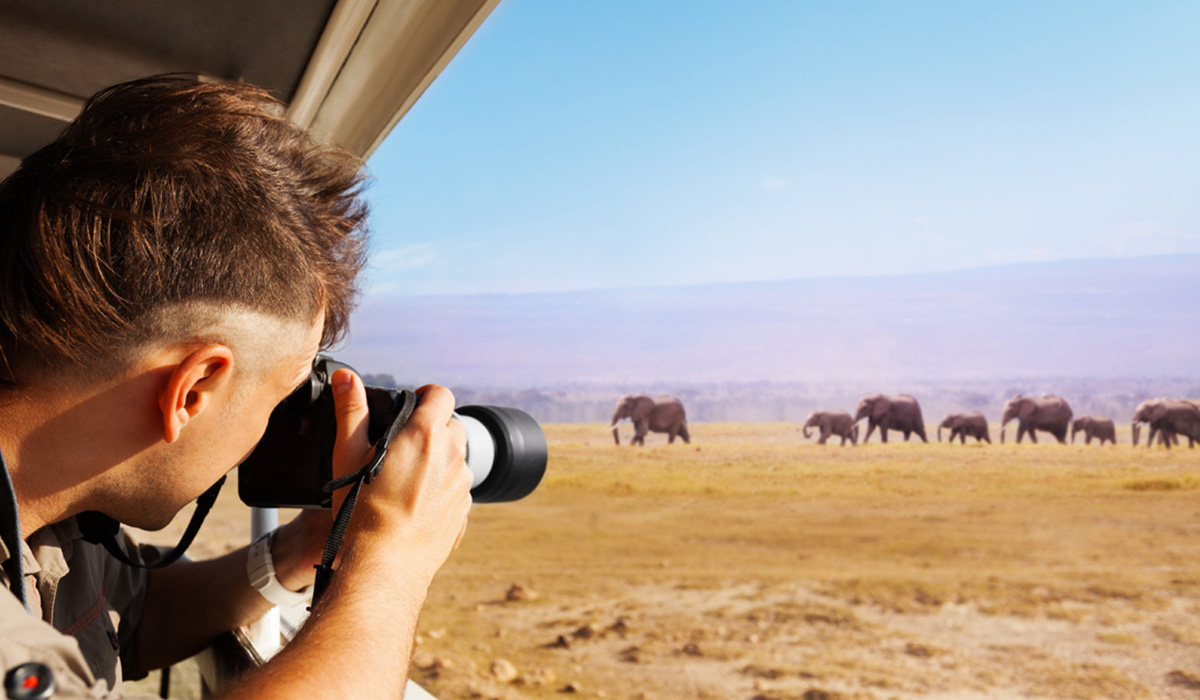
Make your resolutions a reality. Become a member today.
In Tanzania, you’ll experience unparalleled wildlife viewing opportunities like no other in Africa, including observing the annual movement of wildebeest and other grazing herbivores in the Serengeti.
In Tanzania, you’ll experience unparalleled wildlife viewing opportunities like no other in Africa, including observing the annual movement of wildebeest and other grazing herbivores in the Serengeti.
Day 1: Depart U.S. for Arusha, Tanzania
Day 2: Arrive Arusha
Day 3: Tarangire National Park
Day 4: Tarangire National Park
Day 5: Tarangire National Park | Maasai Village | Ngorongoro Highlands
Day 6: Ngorongoro Crater
Day 7: Olduvai Gorge | Central Serengeti National Park
Day 8: Serengeti National Park
Day 9: Serengeti National Park
Day 10: Serengeti | Arusha | Depart for U.S.

I have howled with wolves in Idaho, and GPS collared bears, lions, and tigers in the US, Africa, and Asia.
I work in the UM School for Environment and Sustainability, where I direct a research laboratory (www.coexistencegroup.com) and teach graduate students. One key theme of my research is the influence of people on wildlife and their habitats under global change. For example, I examine how transportation infrastructure affects wildlife populations and how novel pollutants, like artificial night-lighting and human noise, affect animal behaviors. I also research human attitudes toward wildlife to help understand why people tolerate certain species but not others. I have led research on tigers in Nepal, lions in Mozambique, deer and cougars in the American Southwest, and bears and wolves in the American West and Michigan. I have collaborated with various government and non-government organizations to inform their conservation planning, including the USAID, WWF, and the IUCN. In addition to my research, I teach two graduate-level courses. One is titled “Wildlife & Society” which examines contemporary wildlife conservation issues from local to global scales. Another course I teach is titled “Principles of Geographic Information Systems” that trains students to understand and evaluate spatial datasets and create maps.